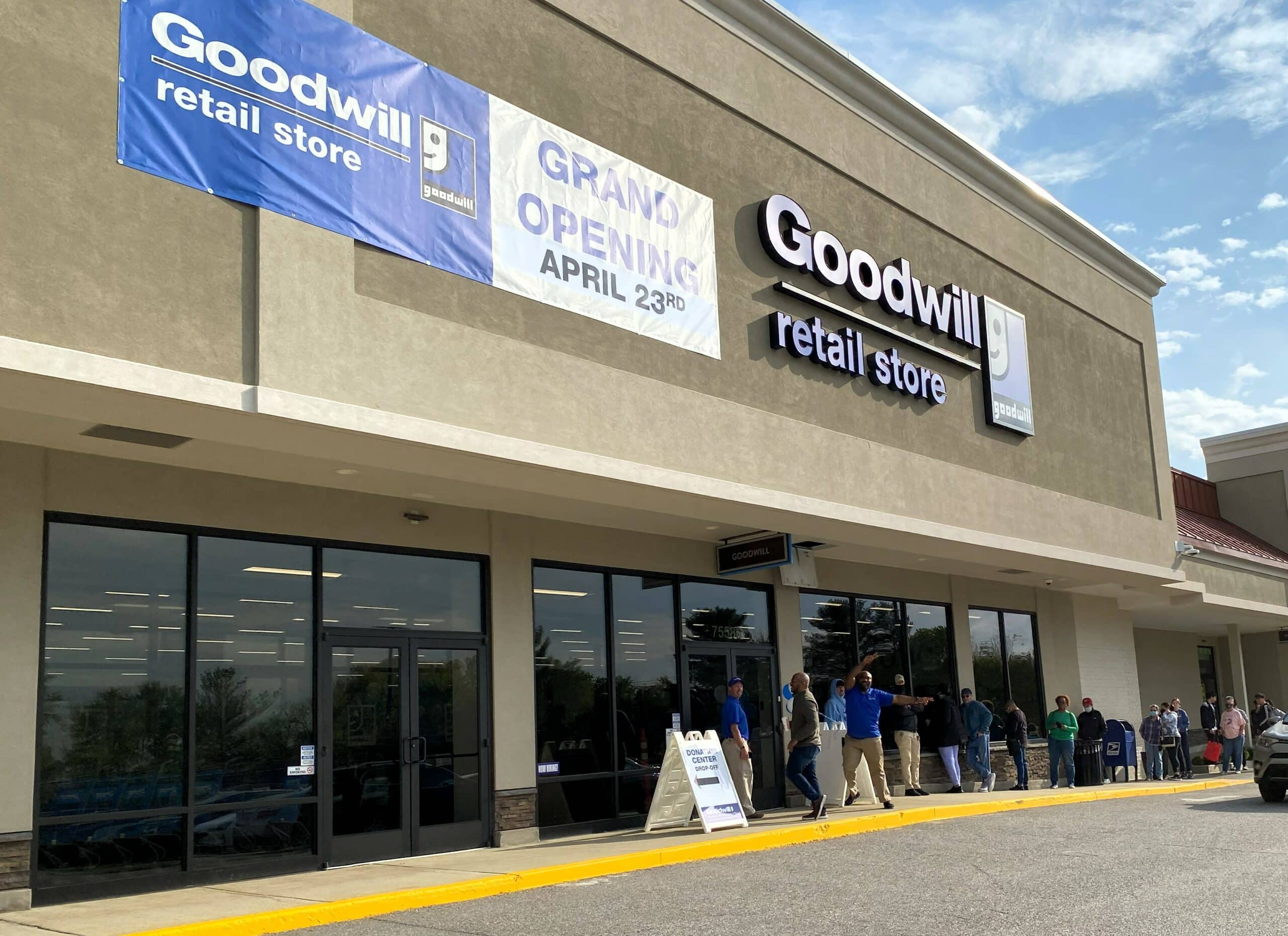
You work side by side with colleagues every day. Probably in a collaborative environment so that every team communicates, stays informed, and works efficiently toward a common goal.
But do you really know what your coworkers do for your organization? Have you ever walked in their shoes? A lack of understanding and appreciation for the efforts of your teammates can lead to miscommunication, unrealistic expectations, poor morale, a toxic work environment, burnout, and potentially the loss of talented and committed teammates. At the same time, knowledge of what they do and how they contribute can lead to better communication, stronger collaboration, positive morale, and improved employee retention.
At Goodwill of Greater Washington, we decided to launch a series highlighting the details of what each team in our organization spends its days doing so that others can better understand the demands of their time and the challenges they face.
Since the marketing team manages this blog, we decided to start with our own team: The Goodwill of Greater Washington (GGW) Collaboration, Communications, and Marketing Team.
The GGW marketing and communications team, like those at many other organizations, wears many hats.
Some just look at us as the people who design the signs for our chain of retail stores or manage our social media content. Others only see us as the team that creates flyers for student and employee recruitment or produce our radio and TV ads. All of those tasks fall under our purview, but there is much, much more to what goes on behind the curtains with our marketing team.
Marketing and communications rely so heavily on technology in today's world that we spend the majority of our time focused on the integration and management of technology in our marketing efforts. These include research, data collection and analysis, project management, media monitoring, online reputation management, content creation and distribution, the list goes on. We live in a digital world, and how our internal and external stakeholders consume information differs by audience. We need to understand how to best reach, impact, and activate each group through data-driven methodologies that will help ensure the desired outcome. Developing brand consistency when you manage the marketing team for a diverse nonprofit social enterprise like Goodwill can be very challenging. How "consumers" engage with Goodwill depends upon what they need from Goodwill.- Donors of household goods are not necessarily Goodwill retail store shoppers.
- Prospective students at our charter high school, The Goodwill Excel Center, are not necessarily the same people who may be interested in a career at Goodwill.
- Donors who generously give us their cars may not be interested in donating their money or other household goods.
- Retail shoppers (brick and mortar)
- Retail shoppers (Ecommerce)
- Household goods donors
- Cash donors
- Vehicle donors
- Prospective high school students
- Prospective team members
- Community Partners
- And more!
The audiences that make up each of these stakeholder groups can also be geographically and demographically diverse, which makes consistency even more challenging while trying to nuance messaging to appeal to each population.
If our marketing, communications, and brand management efforts are not rigid, we risk losing focus, and our brand identity comes tumbling down like a house of cards because our messaging is all over the map, and no one understands who we are. While that rigidity can sometimes come across as being difficult to other members of your workforce, the marketing team is the protector of the brand both internally and externally. We see it as our primary duty. Brand management cannot function in a siloed environment.
A cohesive marketing strategy must be developed annually and reviewed regularly to appropriately adjust to environmental shifts. A good marketing team must be able to react quickly and adjust on the fly, while also being proactive in order to remain ahead of changes in consumer behavior.
While the GGW team is not multiple layers deep, we do understand how to work well together, hold each other up, provide support when needed, and collaborate with other teams to ensure success.